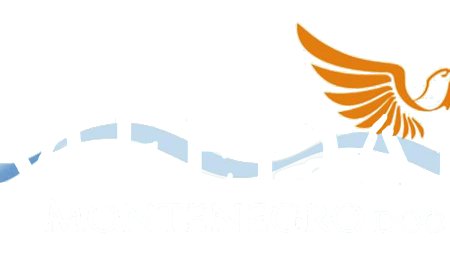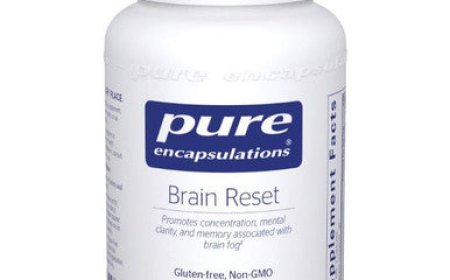C-Section Recovery: What Really Works for Healing?
Discover proven tips for faster C-section recovery. Learn what truly helps with healing, pain relief, and getting back on your feet after a cesarean delivery.

For most new mothers, a C-section, although usually a necessary and life-saving procedure, can be a physically and emotionally challenging experience. The excitement of bringing a baby into the world is suddenly followed by the reality of surgical recovery. As the anaesthesia dissipates and the euphoria wears off, you can feel flooded with discomfort, restricted movement, and a flurry of questions: How long will it take to recover? When can I lift again? How do I take care of the incision? The internet is full of tips, but what really works for C-section recovery, and what's simply a myth? Whether youre actively exploring the options to find the best gynaecologists near me for postnatal support, this guide is your practical companion to understanding what genuinely supports healing after a cesarean delivery.
1. Knowing the Healing Process
A cesarean section is a serious abdominal operation. The recovery process is multi-layered, with healing of external and internal wounds. Physical healing typically occurs in 6 to 8 weeks, although energy and overall comfort can take longer to return. Expect soreness, swelling, and overall discomfort initially with daily activities such as walking, laughing, or carrying your baby.
2. Gentle Movement & Relaxation: Getting the Balance
The first several days after surgery require rest, but not total immobility. Support easy movement, such as gradual pacing back and forth in the room or hospital wing, to avoid blood clots and maintain circulation. But no heavy lifting or high-impact activity.
At home, make rest a priority by creating a cosy recovery area. Have water, nutritious snacks, and pain medication at hand. Seeking help is not a sign of weakness, but a prudent move toward faster healing.
3. Incision Care and Prevention of Infection
Keeping the surgical site clean and dry is non-negotiable. Most modern dressings permit showering a couple of days after surgery, but always comply with your physician's particular instructions. Avoid using any creams or powders unless instructed to do so. Monitor for infection signs like redness, heat, discharge, or fever.
Breathable loose clothes are another minor but significant adjustment. High-waisted pants and cotton underwear minimise friction and irritation. If you're not sure how your wound is doing or what it looks or feels like, dont think twice, search for experienced gynaecologists near me and schedule a follow-up appointment with your obstetrician. Early treatment can help prevent complications.
4. Nutrition and Hydration: Fuel for Healing
Your body requires high-quality fuel to heal optimally. Concentrate on nutrient-rich foods packed with iron (to fight blood loss), protein (to rebuild tissue), vitamin C (to encourage wound healing), and fibre (to prevent constipation due to pain medications or decreased activity). Proper hydration is also essential; it aids in digestion, milk production, and energy.
If you are unable to figure out the nutrition part, search for a reputable pregnancy hospital near me that has a range of postpartum dietitians available who can help you develop a customised nutrition plan that works in conjunction with your recovery and breastfeeding requirements.
5. Emotional Recovery: Don't Forget It
Physical recovery is just one aspect of the healing process. Most women go through a mix of emotions after a C-section, from happiness to guilt, worry, or even postpartum depression. The pressure to "bounce back" can be especially intense for C-section mothers, who might feel overlooked by their birth experience.
Discussing with a close friend, counsellor, or support group can assist in validating your feelings. If your hospital conducts postpartum mental health check-ins, be sure to take them seriously.
6. When to Get Back to Normal Activities
While most women are feeling themselves again by week six, every woman's recovery is unique. Don't be in a hurry to lift heavy items, drive, or exercise vigorously unless your doctor has given you the go-ahead. Sexual intercourse also takes a wait-and-see approach until your healthcare provider says it's okay. Listen to your body; if you hurt, it's a cue to slow down.
Periodic checkups can assist in monitoring healing, handling complications, and alleviating worries throughout the process.
What Makes Cloudnine Unique?
In maternity and C-section treatment, Cloudnine Hospitals are not only renowned for their medical expertise but also for their highly individualised approach. What makes Cloudnine unique is that they believe in holistic healing, melding world-class surgical care with emotional counselling, lactation support, physiotherapy, and personalised nutrition.
Unlike most centres that send patients off with little direction, Cloudnine provides you with a complete care program even after you're discharged from the hospital. With some of the finest gynaecologists, Cloudnine focuses on safety, empathy, and smooth transitions into maternity.
Conclusion
C-section recovery isn't merely about getting through the first few weeks; it's about shining after that. With the proper combination of rest, gentle movement, smart nutrition, and emotional support, your body and mind can recover steadily.
If you're undergoing a C-section or already on the road to recovery, don't do it by yourself. Schedule a consultation with your OB-GYN or look for a reliable pregnancy hospital near me to receive the individualised treatment you deserve.






























